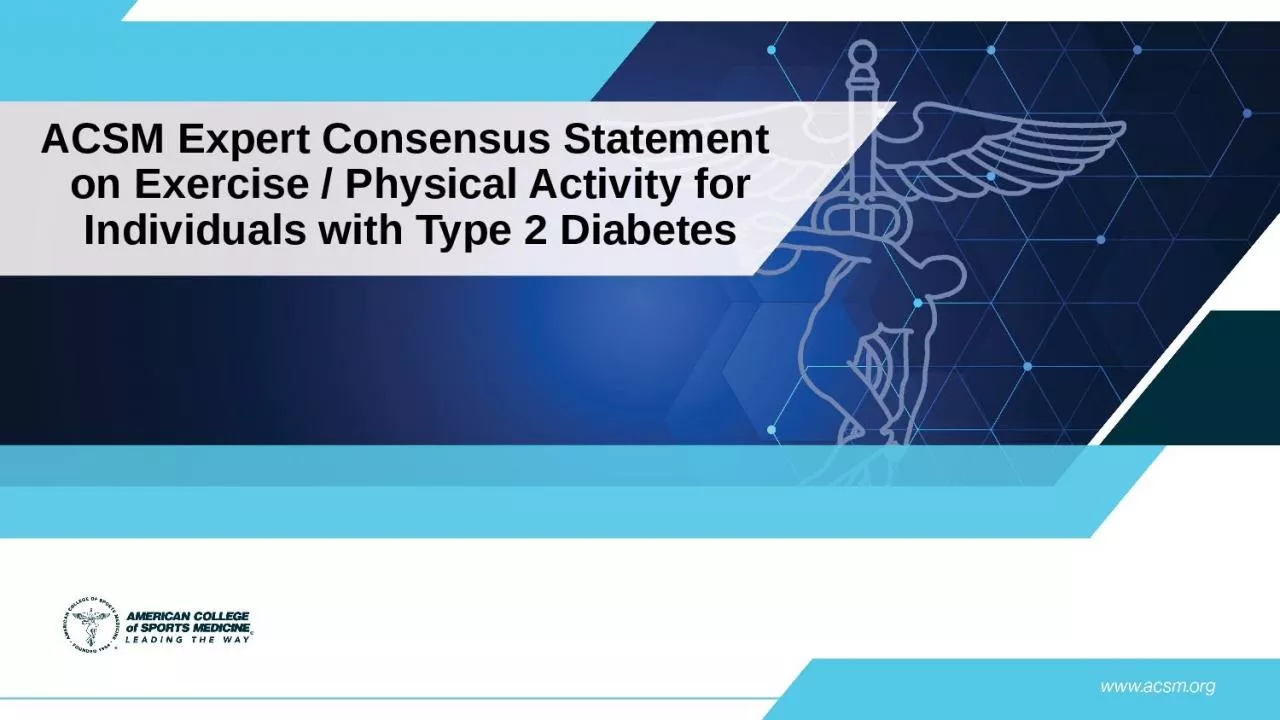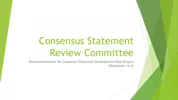PPT-ACSM Expert Consensus Statement
Author : cady | Published Date : 2023-11-19
on Exercise Physical Activity for Individuals with Type 2 Diabetes Purpose of the Update This statement is an update of the 2010 position stand on exercise amp
Presentation Embed Code
Download Presentation
Download Presentation The PPT/PDF document "ACSM Expert Consensus Statement" is the property of its rightful owner. Permission is granted to download and print the materials on this website for personal, non-commercial use only, and to display it on your personal computer provided you do not modify the materials and that you retain all copyright notices contained in the materials. By downloading content from our website, you accept the terms of this agreement.
ACSM Expert Consensus Statement: Transcript
Download Rules Of Document
"ACSM Expert Consensus Statement"The content belongs to its owner. You may download and print it for personal use, without modification, and keep all copyright notices. By downloading, you agree to these terms.
Related Documents














